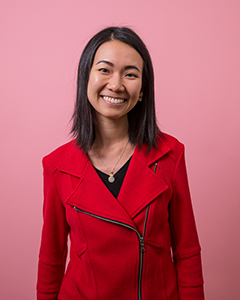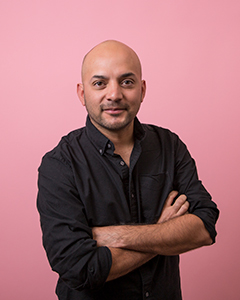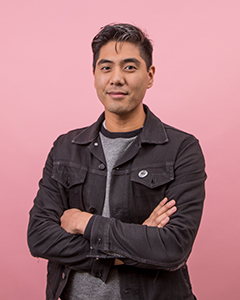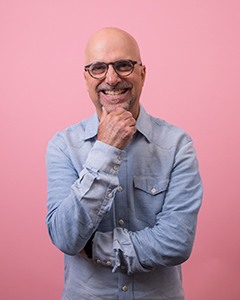I want you to read something my old friend, Jelly Helm, posted in his blog back in June of ‘09. He’d attended a conference and had this observation:
“Also interesting to me about the conference is the role technology and Attention Deficit Disorder play. Everyone tweeting and multitasking and blogging. Does it add more value to the conference? Does it spread learning out into the world? Is the world even listening? How does it change our individual experience of the conference? How does it affect our collective experience? … I tried un-plugging for a while and actually find myself more engaged when there are several streams competing for my attention. Also find myself listening harder for nuggets that may make for good things to share, which seems to be focusing me in a way that passive note-taking doesn’t.”
I’m not sure where I land on this topic, this idea of trying to pay attention to competing streams of information. Check out this guy. I snapped this picture of him during one of Saturday’s sessions. He’s checkin’ his iPhone for either email, phone messages, text messages or his Twitter feed. He’s got his laptop open and from its screen I can tell he’s not taking notes and has open what appear to be two social streams. Meanwhile, the thing he paid $700 to see is happening 50 yards away and just out of his line of sight.
I snapped this picture of him during one of Saturday’s sessions. He’s checkin’ his iPhone for either email, phone messages, text messages or his Twitter feed. He’s got his laptop open and from its screen I can tell he’s not taking notes and has open what appear to be two social streams. Meanwhile, the thing he paid $700 to see is happening 50 yards away and just out of his line of sight.
Trust me, I am not making fun of this guy. I do this too. I do it partly because it’s fun; it’s the digital version of passing notes in class. I do it partly because I don’t want to miss anything (even though I end up missing part of the very session I’m attending). But in the end, I think this kind of wide-open filterless information inhaling is good — during the learning phase. Sucking in vast amounts of information, early in the process, I think is beneficial to the problem-solving process. But left unchecked, being plugged into competing streams of information softens — then kills — the problem-solving and creative process. At some point, true intelligence and true creativity require red-laser-beam focus.
Unfortunately, I don’t believe much of corporate America ever remembers to employ the laser-beam-focus part of the process. Workers today suffer from what Lynda Stone has dubbed “continuous partial attention.” In trying to pay attention to everything, we pay attention to nothing.
“Employees in info-intensive companies waste 28% of their time on unnecessary emails and other interruptions.” –Basex, reported in New York Times
“People who frequently check their email test less intelligent than people high on marijuana.” –Sam Anderson.
Of these, I prefer this more classic observation: “The hunter who chases two rabbits catches neither.”
But for today, I’m with this guy. I’ll be down there on the Hilton’s carpeting chasing all the rabbits. That’s okay. Me and my friend here, we’re in the learning phase at South By and we’re just tryin’ to take it all in.
Well, that’s a little bit about listening. As for speaking? I’m sure there are many excellent speakers at this conference but because of my schedule or just dumb luck, I haven’t seen them yet. Folks, if you take nothing away from this conference, know this: powerful and persuasive public speaking is crucial to anyone wishing to spread their ideas. I don’t care how cool your content is, if you suck as a speaker, it’s over. People will walk out because there is too much cool stuff out there competing for their attention.
When next you speak, get up there and belt it out: with passion, with clarity, and a burning desire to get the idea that’s boiling inside your head into the heads of your audience. I’ll close with this marvelous observation from Mark Fenske, a monstrously good ad professor at VCU Brandcenter.




